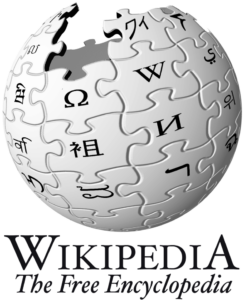Scientific Name: Sartoriana spinigera (Wood-Mason, 1871)
Synonym: Paratelphusa (Paratelphusa) spinigera Parathelphusa spinigera Telphusa (Paratelphusa) spinigera Thelphusa spinigera (Currently unaccepted)
English Name: Sartorina crab, Rusty crab
Local/Bangla Name: Kata Kakra ( কাটা কাঁকড়া) , Chimta ( চিমটা ), Pati kakra (পাতি কাঁকড়া)
Classification:
Kingdom: Animalia
Phylum: Arthropoda
Class: Malacostraca
Order: Decapoda
Family: Gecarcinucidae
Description:
The carapace of this species is broad, robust, and deep, displaying a gently convex, smooth, and almost polished surface. It features an H-shaped gastric groove, with a sharp and slightly concave free edge. The antero-lateral margin is curved, sharp, and either entirely smooth or faintly crenulate, with an acute epibranchial spine at its far back. The orbits are small and broad, with a prominent outer angle, a wide antennal gap, and an absence of large spines. The lateral epibranchial teeth and the front are closely situated. Unequal chelipeds are present in both sexes, with spines near the distal end of the merus. The propodus of the cheliped is broad and stout but not compressed, and the dactylus is longer than the palm. The inner angle of the carpus is strong, stout, and sharp-pointed. The legs are stout, with strong dactyls longer than the propodites. There are no setae or carinae on the dorsal surface, but the epibranchial and mesobranchial regions are swollen. The eyes are moderate in size, and the outer margin of the eye has a U to V-shaped incision. The coloration is variable, with the dorsal surface of the carapace and cheliped being reddish-brown. The ventral surface of the carapace is light yellowish, while the periopod and ventral surface of the cheliped are light-brown. The dorsal surface may have minute patches of brown spots and appear poorly ridged. Additionally, the dorsal surface of the carpus and the outer margin of the propodus and dactylus may have brown spots, sometimes minutely tuberculate.
Habitat & Distribution in Bangladesh:
Lives on the bottom of water bodies and abundant in shallow water bodies such as paddy fields, beels, canal, ponds, etc during summer; rarely occurs in river. It is widely distributed in all over Bangladesh.
Environment:
Freshwater
References:
Ahmed ATA, Kabir SMH, Ahmad M, Rahman AKA, Haque EU, Ahmed ZU, Begum ZNT, Hassan MA, Khondker M (2008) Encyclopedia of Flora and Fauna of Bangladesh, Vol. 18. Part II Arthropoda: Crustacea. Asiatic Society of Bangladesh, Dhaka 226 pp
Shafi M, Quddus MMA, (1982) Bangladesher Matshya Sampad (Fisheries of Bangladesh), Bangla Academy of Dhaka, Dhaka






